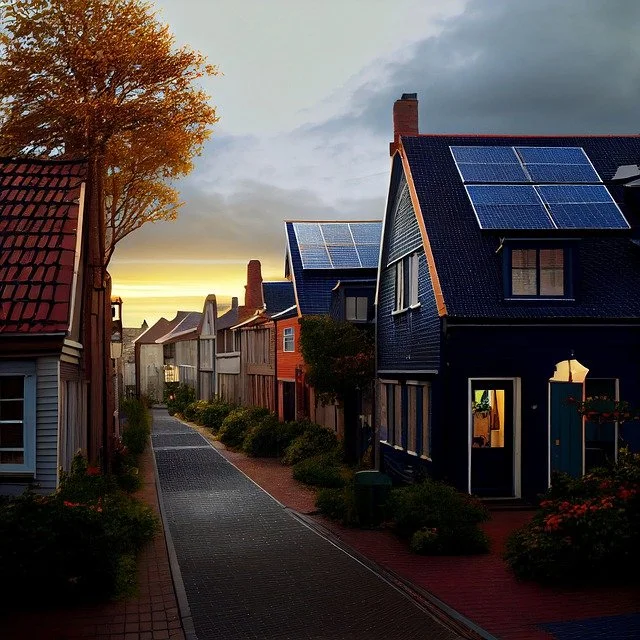Brattle Q&A: Energy Leaders & Innovators US Department of Energy’s Jigar Shah on the Future of Virtual Power Plants
Source: Ryan Hledik | · BRATTLE · | September 6, 2023
Virtual power plants (VPPs) have emerged as a highly valuable but underutilized resource in the transition to a decarbonized power grid. Earlier this year, The Brattle Group released a study estimating that VPPs – coordinated portfolios of actively controlled distributed energy resources (DERs), ranging from smart thermostats to rooftop solar – could provide the same reliability benefits as conventional options (e.g., gas peakers and grid-scale batteries) at only 40–60% of the cost. The US Department of Energy (DOE) is looking to help accelerate the growth of VPPs through over 20 complementary programs, including the Loan Programs Office’s (LPO’s) $400 billion loan authority.
Brattle Principal Ryan Hledik, author of Brattle’s VPP study, caught up with Jigar Shah, Director of the DOE LPO, to discuss the opportunities and challenges facing VPPs today and what Jigar’s office is doing to address them.
Ryan: Jigar, you’re a passionate advocate for greater VPP deployment. What excites you the most about opportunities in this space?
Jigar: We’re on the verge of load growing again through “electrify everything.” Leaning into distributed energy resource adoption and VPPs is the best way – likely the only way – for the grid to handle that electrification at a reasonable cost and on the timeline we need.
Look at electric vehicles (EVs) alone. In the past few years, we’ve been adding less than 5 GW of EV charger capacity annually. In 2025, we’re forecasted to add 20 GW; that grows to 90 GW of charger capacity added each year by 2030. The accompanying addition of storage capacity in EV batteries – hundreds of GWh every year – makes for highly flexible demand that we can shift to follow supply, whether from wind or solar variability or excess nuclear production, to make the grid more efficient and support decarbonization.

